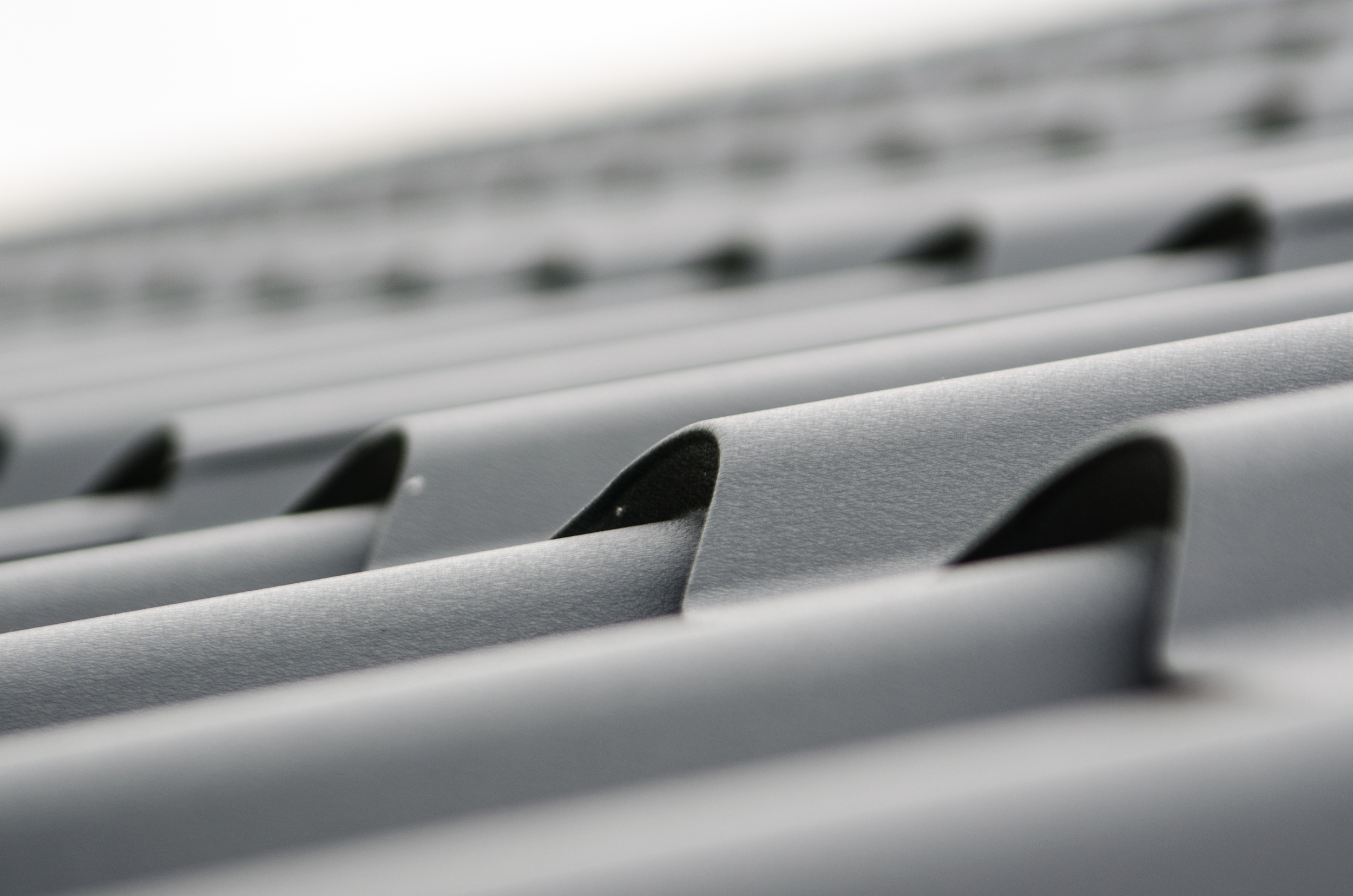How to Make Your Roof Energy-Efficient
Tags: Roofing, Repair, Replacement, Installation

Energy conservation has always been a hot topic, especially with the threat of the climate crisis looming over us. As such, people have been searching for ways to cut down on their electric bills — including switching to inverter technology, and installing solar panels at home.
However, one thing that shouldn't be overlooked is converting your roofs into energy efficient “cool roofs.” In fact, according to a study by the Berkeley Lab in California, a white roof that reflects 80% of sunlight can stay up to 31°C (87.8°F) cooler on a typical summer afternoon. If you’re interested in switching to cool roofs, here are a few ways to get started:
Use cool roof coating
Dark materials absorb heat, while light-colored surfaces reflect heat away. This concept is called the albedo effect, and it's been used by researchers and urban planners to address heat problems in congested cities like New York.
Thankfully, it’s easy to adopt the same solution for your own home, as cool roof coatings are widely available in hardware stores or online. These are usually lighter colored, thicker than regular paint, and contain reflective pigments to protect your roof from ultraviolet radiation.
Re-roof or replace your roof completely
Reflective paint is useful, but it can only do so much if the roof itself is made of heat-absorbent material. For example, asphalt tends to trap heat inward, potentially turning your home into an oven.
If this is the case, consider either re-roofing or replacing your roof altogether. Re-roofing is the better option if you’re on a tight budget. However, a complete roof replacement can be more efficient if your roof is already old and decrepit. It’s also a good way to boost your home’s market value if you’re planning to sell it, as we’ve mentioned in our post on ‘Roof Replacement and Home Resale Value’.
Whether you re-roof or replace, it’s best to choose heat-reflective materials to keep your home cool. Terracotta shingles, for instance, can add a rustic flair to your home while also being highly heat-resistant. Slate tiles are another great, durable option if you can shoulder the hefty price tag.
Attic insulation
A poorly insulated roof is a nightmare for homeowners during summer and winter. For optimum energy efficiency, the US Department of Energy recommends insulating your home from the roof down to its foundation. For this, the attic often takes top priority, since insulating it provides immediate and easily noticeable benefits.
While most finished attics already have partial insulation, this is often not enough. A minimum of 100mm thickness is advised in HomeServe’s list of measurements, but upgrading to 270mm will result in better energy savings. By doing this, it helps keep in heat during the winter, and out during the summer — alleviating the burden on your home’s heating and cooling system. Plus, this seemingly small shift can significantly contribute to releasing less carbon dioxide into the atmosphere.
For houses in warmer climates, you can also install radiant barriers — a highly reflective, foil-like material — to keep the heat out. Do note, however, that it’s important to leave a bit of air space between the roofing material and the insulation. This ventilation will prevent moisture from getting trapped, reducing the possibility of mold and mildew growing in your house. This also keeps ice dams from forming in the winter.
Switching to a cool roof is fairly simple, but it can cut down your electric usage by a significant amount if done right. If you’re undertaking a home improvement project, try applying the tips listed above for a more energy-efficient roof.